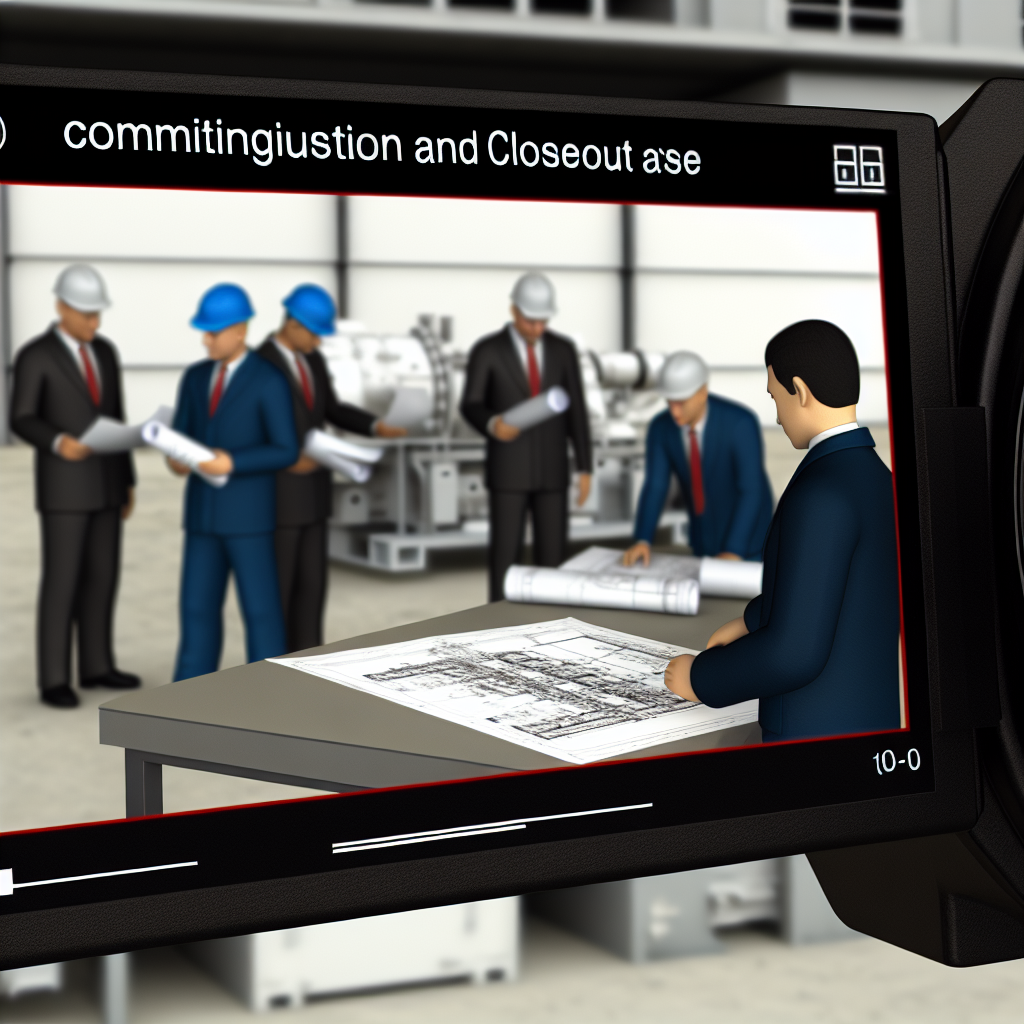Streamlining the commissioning and closeout processes is essential for effective facilities management integration. By optimizing these phases, organizations can ensure seamless transition from construction to operation, minimize delays, and enhance overall building performance. In this article, we will explore strategies and best practices to achieve efficient commissioning and closeout, paving the way for sustained facility success.
Integrating Technologies and Data for Effective Commissioning
Modern facilities management relies heavily on technological integration to streamline commissioning and closeout activities. Utilizing Building Information Modeling (BIM) and intelligent commissioning software allows project teams to visualize complex systems, detect conflicts early, and coordinate tasks efficiently. These digital tools facilitate real-time data sharing among architects, engineers, contractors, and facility managers, reducing errors and accelerating project timelines.
Key components of technology-driven integration include:
- Centralized Data Platforms: Implement cloud-based platforms to store and manage all commissioning documents, system specifications, and test results accessible to all stakeholders.
- Automated Testing and Verification: Employ automated testing tools that can perform system checks, record results, and generate comprehensive reports, decreasing manual effort and human error.
- Real-Time Monitoring: Integrate Building Automation Systems (BAS) and Internet of Things (IoT) sensors to monitor systems during commissioning, ensuring operational readiness and early detection of issues.
By leveraging these technologies, facilities managers can ensure data accuracy, speed up the commissioning process, and prepare for a smooth transition into operational management.
Best Practices for a Seamless Commissioning and Closeout Process
Achieving efficiency requires a structured approach that emphasizes clear communication, thorough documentation, and proactive planning. Successful facilities management integration hinges on well-orchestrated coordination among project teams from design through occupancy.
Critical best practices include:
- Developing a Detailed Commissioning Plan: Initiate planning early, defining roles, responsibilities, and schedules. Ensure the plan aligns with overall project milestones and client expectations.
- Conducting Systematic Inspections and Testing: Perform comprehensive testing of all building systems—HVAC, electrical, plumbing—using standardized checklists. Document every stage meticulously to support warranty claims and future maintenance.
- Collaborative Documentation and Handover: Create an organized collection of O&M manuals, as-built drawings, warranties, and test reports. Facilitate face-to-face handovers and training sessions with facility staff to ensure they are well-prepared for ongoing management.
Consistent communication, proactive issue resolution, and meticulous documentation are the cornerstones of an efficient closeout process that lays a strong foundation for long-term facility performance.
